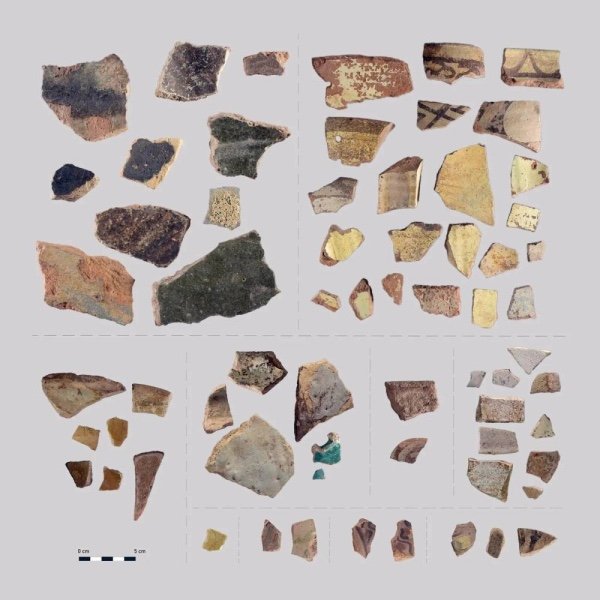25,000 artifact fragments from early Islamic period unearthed from Historic Jeddah

In a monumental archaeological breakthrough, the Jeddah Historic District Program (JHDP), in partnership with the Saudi Heritage Commission, has revealed the discovery of 25,000 fragments of artifacts dating back to the early Islamic period.
These artifacts, dating from the 7th to the 8th centuries AD, were unearthed from key locations in the Historic Jeddah Area as part of the Historic Jeddah Revival Project, spearheaded by Crown Prince and Prime Minister Mohammed bin Salman.
Initiated in January 2020, the excavation project focused on four pivotal sites: Othman bin Affan Mosque, Al-Shona, a segment of the Northern Wall, and Al-Kidwah. The overarching objective was to unveil the historical significance of these locations, preserving national antiquities and archaeological sites while promoting Historic Jeddah as a cultural and tourist destination, aligning with the ambitious goals of Saudi Vision 2030.
A press release from JHDP detailed the extensive findings from the November 2020 archaeological survey and excavations. Notable discoveries included 11,405 pottery shards, 11,360 animal bones, 1,730 shells, 685 building materials, 187 glass artifacts, and 71 metal artifacts, collectively weighing 531 kg. These findings stand as a significant contribution to Saudi Arabia’s archaeological landscape.
Othman bin Affan Mosque emerged as a treasure trove of historical artifacts, revealing ebony pillars near the Mihrab traced back to Ceylon (now Sri Lanka), showcasing the historic trade connections of Jeddah. The site also unveiled a diverse collection of ceramic vessels, including high-quality porcelain from China dating back to the 16th-19th centuries AD, and older pottery fragments from the Abbasid era.
Excavations at Al-Shona and Al-Kidwah unveiled pottery shards from various regions, indicating trade connections with Europe, Japan, and China. Additionally, tombstones made of Mangabi stone, marble, and granite were discovered throughout Historic Jeddah, potentially dating back to the 2nd and 3rd centuries AH.
The archaeological investigations encompassed a multi-faceted approach, involving excavations, radiocarbon analysis, soil analyses, geophysical surveys, and scientific examination of artifacts. Wood samples from 52 buildings were sent to international laboratories for identification and dating. Simultaneously, an extensive international archival research effort collected over 984 historical documents, including maps and drawings of Historic Jeddah.
Collaboratively, the Jeddah Historic District Program and the Heritage Commission meticulously documented, registered, and preserved these archaeological artifacts. The discoveries have been officially listed in the National Archaeological Register, and scientific databases have been established to safeguard the wealth of information associated with the uncovered artifacts. The findings not only add a significant chapter to the historical narrative of Jeddah but also position the city as a beacon of cultural richness and historical importance.







